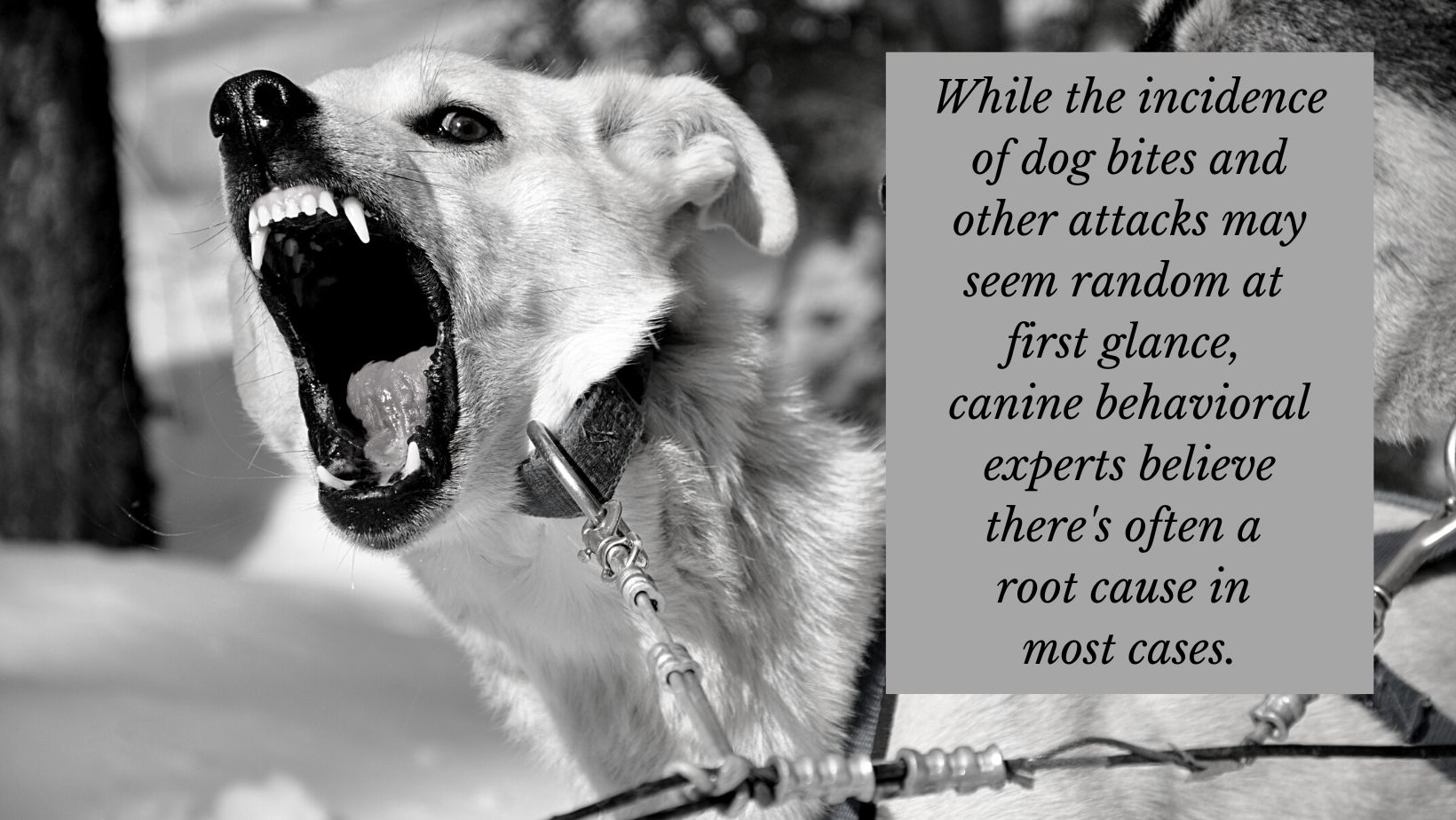Dogs are man’s best friend, but sometimes, they’re man’s worst enemy too. While dogs bring a lot of joy into their owners’ lives, they can be very dangerous in the wrong circumstances. A variety of accidents can occur from close proximity to a dog—including injuries from a fall, caused by something as simple as tripping over a dog’s leash.
 Image by Canva.com
Image by Canva.com
However, more serious events, such as dog bites, can result in dogs and their owners ending up in court. While there’s no comprehensive survey of canines in courtrooms, statistics reveal which breeds create the most severe injuries, and which are more likely to end up causing legal trouble.
What is the Most Dangerous Breed of Dog?
Unlike puppies, which might be teething or still untrained, adult dogs that bite mean business. Given the seriousness of a dog bite, it’s a well-studied phenomenon, which means it’s relatively easy to pick out the dog that bites the most.
A study of pediatric dog bites from 2007 to 2017 found that pit bulls were the most likely to injure someone, representing 53% of cases when the breed was known and 29.8% of cases overall. Concerningly, they were more likely to bite children ages 6-12, representing 36.2% of those cases. Another study, covering the years 2008 to 2019 and focused on pediatric craniofacial injuries, found that pit bulls were responsible for 22% of all cases and 37% of more severe fractures.
Of course, pit bulls aren’t the only dogs capable of biting. Mixed breeds were the second-most common offender in pediatric craniofacial injuries, at 13%. Labs and Lab mixes accounted for 10% of all pediatric dog bites, and German Shepherds and their mixes contributed an additional 6.5%. Notably, the pediatric craniofacial injury study reported that Huskies were more likely to bite infants, accounting for 5.9% of cases. So while it’s accurate to say, based on the stats, that pit bulls are the most dangerous breed, other kinds of dogs can and do cause injuries that require medical attention.
Why Do Dogs Bite?
Of course, there is variation within a breed when it comes to dog bites. Two dogs of the same breed may have radically different temperaments and receive different levels of training, resulting in a very different risk profile between dogs. Consequently, it’s essential to understand your dog and its potential triggers—and not assume that other dogs will automatically be your friend.
While the incidence of dog bites and other attacks may seem random at first glance, canine behavioral experts believe there’s often a root cause in most cases. Ultimately, dogs can’t talk to humans using words, so biting and other aggressive behavior is a way of communicating, as unpleasant as it may be for the recipient. The American Kennel Club lists fear as the number one reason a dog displays aggressive behavior such as biting. Other common causes include startling a dog, especially if it was sleeping; frustrated and overwhelmed dogs; and protecting or guarding a resource, such as a favorite toy. Aggressive behavior is also more common when a dog is in pain, so paying attention to a dog’s mood is extra important if you know it is recovering from an illness or injury.
While the “why” behind the attack may not seem significant, it’s important because it means there are steps you can take to reduce the likelihood of a dog attack. You may own a particularly friendly dog, but you don’t know what might overwhelm another dog, so it’s important to confer with a dog’s owners before trying to interact with it. If the owners aren’t around, it’s a good idea to avoid interacting with the dog altogether, as seemingly innocent actions on your part could be interpreted as alarming by the dog.
 Image by Canva.com
Image by Canva.com
What Settlement Can You Expect in a Dog Bite Case?
According to the Insurance Information Institute, more than $881 million was paid out in dog bite claims in 2021, up from $489.7 million in 2012. That’s despite the fact that there were 16,459 claims in 2012, and just 17,989 in 2021, an increase of 9.2%. That means that the average claim in these cases has gone from $29,752 to $49,025 in this time span, representing a nearly 65% increase in claim value.
Of course, the exact settlement in your case will depend on several factors that may cause it to be worth more or less than the average. However, the number one factor that connects many successful dog bite settlements is negligence by the dog’s owner. Suppose they purchased a dog that had been trained for police work and kept it as a pet, or encouraged their dog to attack other people, even in jest, or even let a dog with a history of violence roam the neighborhood. In that case, they’ve likely been negligent and created a dangerous situation for those around them.
When Should You Contact a Lawyer in a Dog Bite Case?
If you or a loved one has suffered injury due to a dog attack, you should contact a lawyer right away. Of course, seek appropriate medical treatment first, but it’s still a good idea to get legal assistance as soon as possible. The day of, and the days right after, such an attack are critical for evidence collection. If you let that window close, you may ultimately end up with a weaker case and potentially even an inability to win the case, even when another party is clearly in the wrong.
If you ever find yourself in that situation, it’s time to contact Kane Personal Injury. We specialize in personal injury cases, and we make money only if you win the case. Contact us today for a free, no-obligation consultation, where we can assess your case and help you understand your next steps.
Please note that this article was created for advertisement purposes, and it does not constitute any contractual legal relationship, nor imply one.
